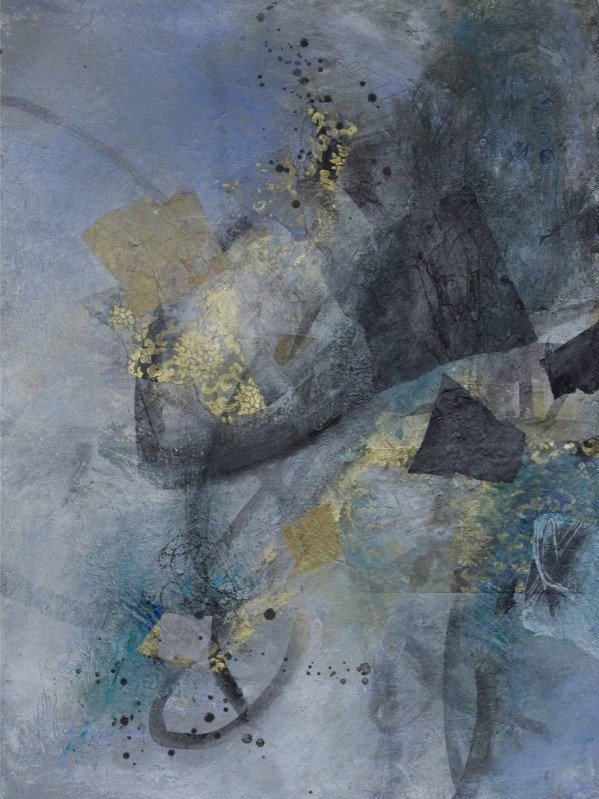Art and Storytelling: Creating Deeper Brand Connections Through Visuals
/Deb Chaney’s painting New Art V ads flare to the Salvador Tee
Every brand has a story—art helps tell it.
Storytelling is at the heart of brand identity, and visual art can bring that narrative to life. When a company curates its space with art that reflects its mission, values, and culture, it fosters deeper engagement and authenticity.
Deb Chaney’s painting Patchwork Paper V Brings colour to Serena Active Leggings
How Art Communicates Brand Values
Art has long been used as a tool for brand differentiation and identity. Companies that integrate visual storytelling through artwork create a stronger connection with their audience by reinforcing the values they stand for.
One of the best examples of this is Lululemon, a company that consistently collaborates with artists to enhance its brand identity. Through partnerships with designers and muralists, Lululemon transforms retail spaces into immersive brand experiences, making each store feel unique while aligning with the company’s core values of mindfulness, movement, and self-expression. Read more about Lululemon artist collaborations.
Deb Chaney’s painting I Am In Such A Good Mood makes for a bold Nadia T-shirt
The Emotional Impact of Storytelling in Design
The combination of art and brand storytelling creates an emotional response in consumers. Studies show that visual aesthetics influence 93% of purchasing decisions, making art-infused branding a powerful tool for consumer engagement. (Source)
Art enhances branding by:
Creating memorability – Unique, artistic branding stands out in a crowded market.
Building emotional resonance – Art evokes feelings that forge stronger brand connections.
Strengthening authenticity – Art-driven design tells a deeper, more meaningful brand story.
Deb Chaney’s painting Star Crossed Lovers makes a stunning Catherine Full-zip Active top
Curating Art to Tell Your Brand’s Story
For businesses looking to integrate art into their brand strategy, here are some key ways to do so effectively:
Use wearable art collections – Clothing and accessories featuring artwork create a moving brand story, as seen in Deb Chaney’s wearable art line. (View Collection)
Incorporate artwork into product design – Like Lululemon’s artist collaborations, consider custom designs that align with your brand’s energy.
Leverage artistic collaborations – Partner with artists to create limited-edition collections that speak directly to your audience.
Deb Chaney’s painting Patchwork Paper iv makes a statement on the Nora Infinity Scarf
Wearable Art as a Storytelling Medium
Art isn’t just for gallery walls—it moves with us. Wearable art allows individuals to carry a piece of a brand’s visual identity wherever they go, creating a dynamic and evolving brand connection. This concept is embodied in Deb Chaney’s wearable art collection, where each design reflects a unique artistic expression that transforms clothing into a canvas for storytelling.
Would you like to explore how artwork can elevate your brand’s visual identity? Book a consultation to discover the perfect artistic collaboration for your business. Email info@debchaney.com and mention this blog to get started.



































